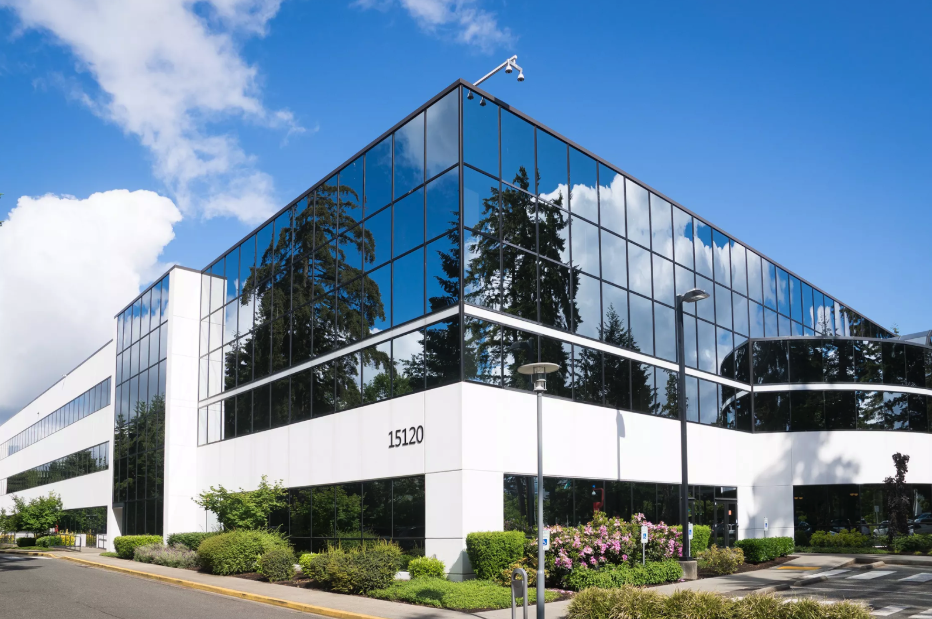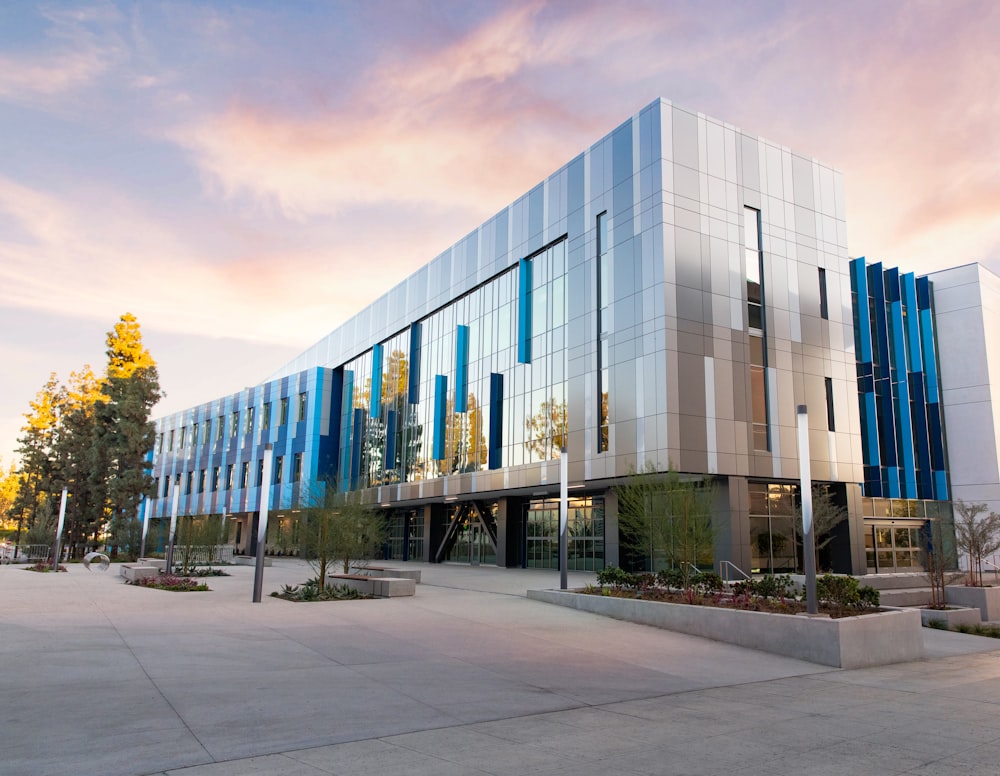Energy Saving Building Codes For
Commercial Buildings
In order to create a sustainable community, building developers must consider both the
economic benefits and environmental impact of their buildings ฟิล์มอัจฉริยะ. Energy saving building codes are
now mandatory for commercial buildings in both Andhra Pradesh and Telangana. These
regulations are implemented through the Natural Resources Defense Council and administrative
staff colleges. The goal is to have these new laws apply to all buildings by 2018.

Buildings account for about 40% of the energy used in the United States. In contrast, they
consume nearly seventy percent of electricity ติดฟิล์มกระจกบ้าน. Globally, the floor area of urban buildings is
expected to double by 2060. As a result, cities, states, and utilities will face increasing
challenges to meet their energy goals. This is why incentives for energy efficiency are
increasing. Building owners will save money in the long run by making sure their buildings are
designed to be energy-efficient.
Energy-efficient buildings reduce greenhouse gas emissions. Some buildings are located in city
centers, where workers can use public transportation instead of driving. Alternatively, they can
take advantage of the natural light by placing large windows and glass doors. This will help
reduce utility costs as well. However, these advantages can only be realized when buildings are
designed to meet a variety of standards. This includes LEED certification. There are various
benefits of implementing energy saving building standards in commercial buildings.
Commercial buildings are often concerned with ROI. By reducing the amount of energy they
consume, they save money on heating and cooling costs. They also have a longer lifespan and
require fewer repairs. This means that energy-efficient buildings can be sold for top dollar.
These benefits make them a great investment for any business. It is important to understand
how energy-efficient buildings affect the bottom line, and the economics of each type of building.
And while there are some initial costs involved, the long-term savings will pay for the cost of the
project.
The DOE has a new initiative that aims to accelerate the adoption of energy-saving building
measures in commercial buildings. Through this initiative, corporate entities work with building
experts in the private sector and the national laboratories to create low-energy building plans.
This initiative will test and measure these new plans. Achieving these goals will benefit
everyone. In the end, it will reduce energy costs for both businesses and the environment. The
energy-saving building plans will help the government reach its goals.
A new model for thermal comfort in buildings has been developed to calculate thermal comfort. It
considers the effects of temperature, humidity, and wind speed on building thermal comfort. It
also analyzes how windows of different materials affect energy consumption. The article also
considers the thermal comfort of a building’s occupants. Using multiple angles to analyze
thermal comfort can help designers make more energy-saving decisions and build a more
comfortable home. It also promotes environmental awareness.
By using a high-granularity modeling approach, the potential savings of buildings can be
assessed and targeted in different segments. The NYC case study identified seven steps to
prepare a building stock analysis. These steps include selecting the stakeholders to include in
the project, data collection, modeling scenarios, and audience selection. The steps outlined in
the case study guide the development of an energy-saving building stock model. In this process,
the goal is to identify the best energy-efficient buildings and the most energy-efficient ones.

